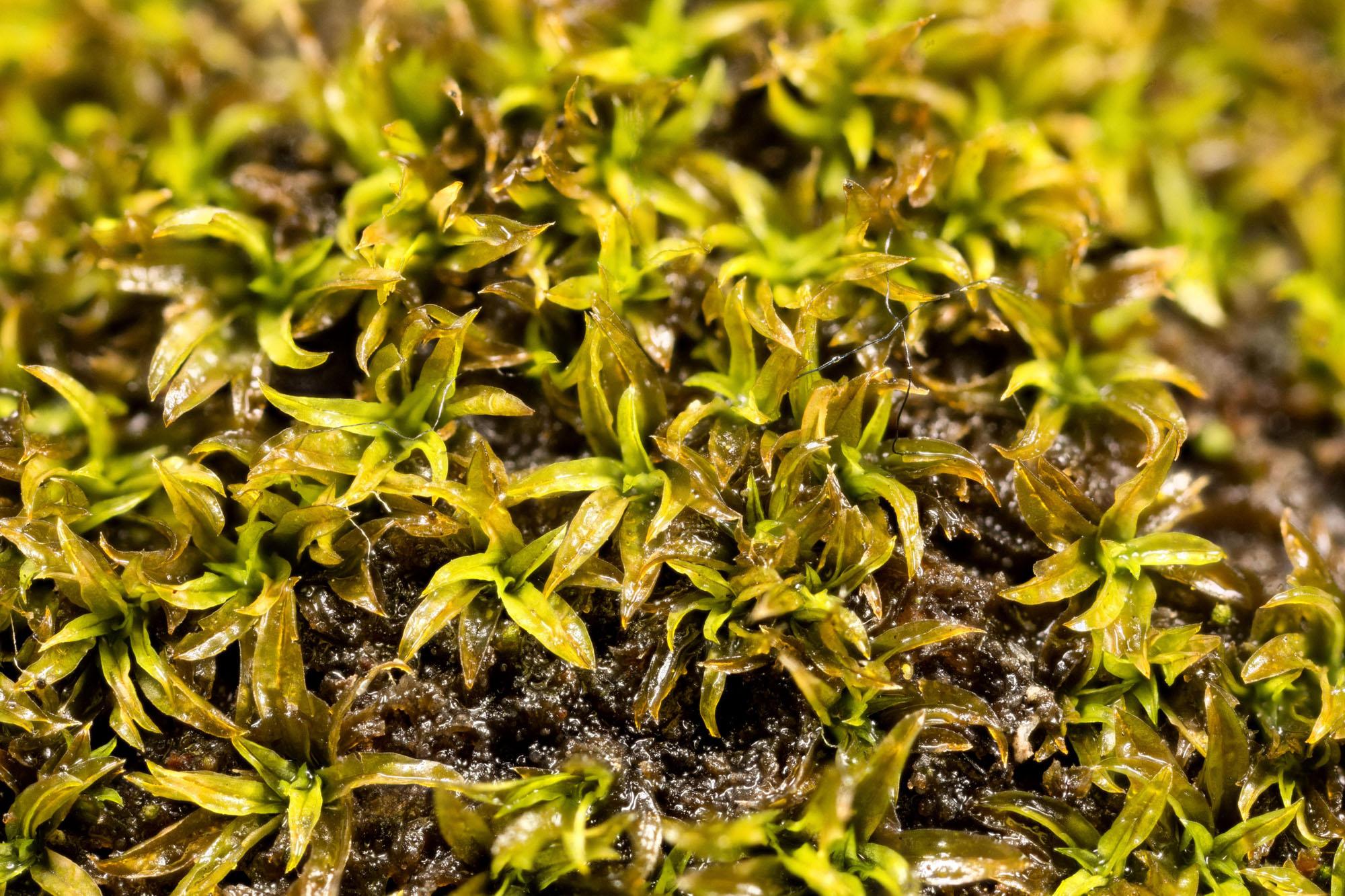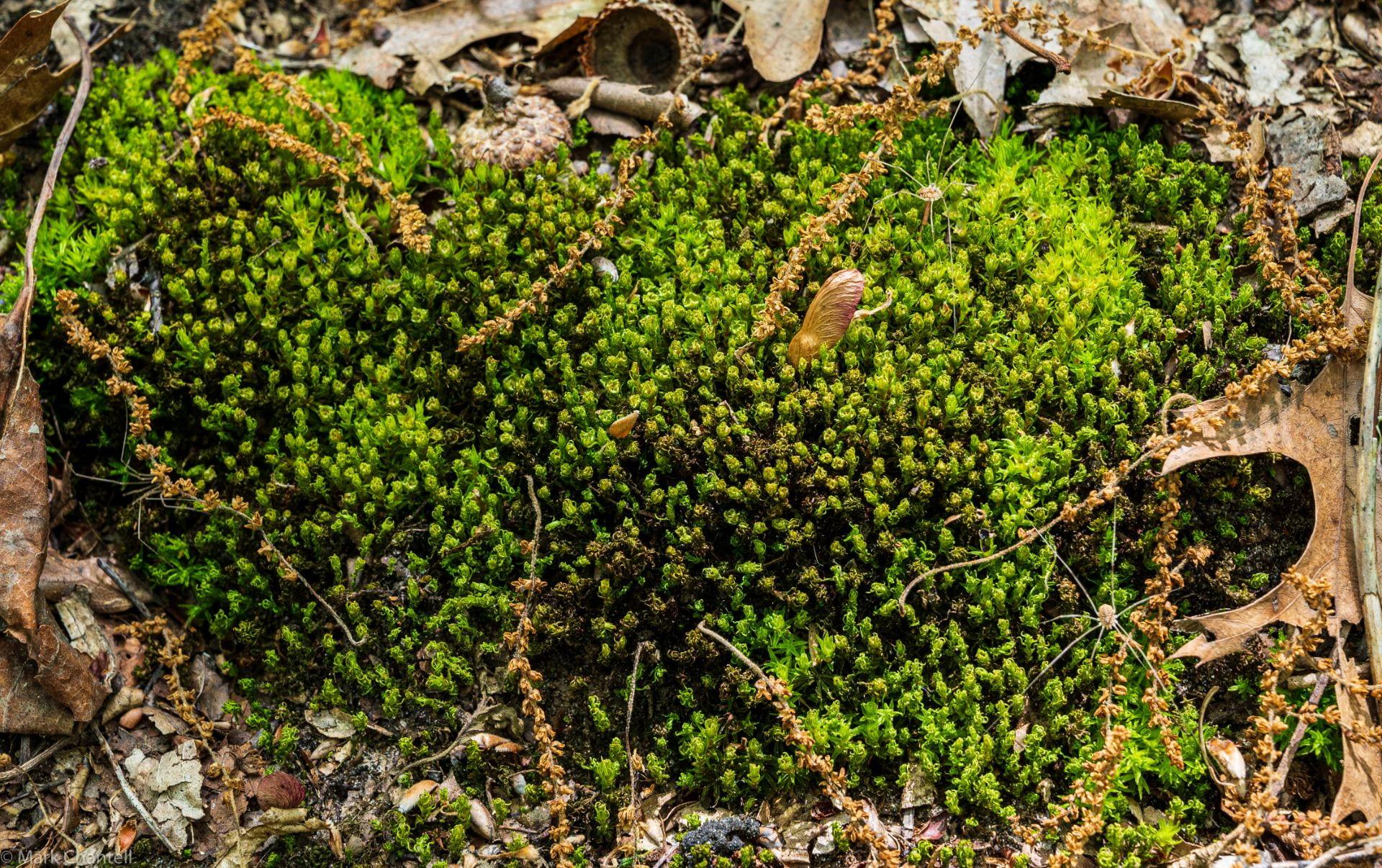Tortella: A Minute Marvel in the Realm of Bryophytes
Affiliate Disclaimer: As an affiliate, we may earn a small commission when you make a purchase from any of the links on this page at no additional cost to you!

Tortella-humilis-6.jpg from: https://ohiomosslichen.org/moss-tortella-humilis/
Introduction
In the vast and captivating world of bryophytes, one particular moss species stands out for its unique charm and ecological significance – the Tortella (Müll.Hal.) Limpr. moss, commonly known as Tortella. This unassuming yet resilient member of the Pottiaceae family has captured the hearts of moss enthusiasts worldwide, offering a fascinating glimpse into the intricate tapestry of nature’s smallest wonders.
Background
Before delving into the intricacies of Tortella, it’s essential to understand the broader context of bryophytes. These remarkable plants, which include mosses, liverworts, and hornworts, are often overlooked but play a crucial role in various ecosystems. They are among the oldest land plants on Earth, dating back to the Paleozoic era, and have evolved remarkable adaptations to thrive in diverse environments.
Main Content
Morphology and Identification
Tortella is a small, acrocarpous moss that forms dense, cushion-like tufts or mats. Its leaves are typically lanceolate (lance-shaped) and spirally twisted when dry, giving the plant a distinctive appearance. The leaf margins are often recurved

Torturerd-Tortella-Moss-1.jpg from: https://voices.uchicago.edu/mcart/2021/05/27/tortured-tortella-moss-tortella-tortuosa/
, and the costa (midrib) is prominent. One of the key identifying features of Tortella is its twisted peristome teeth, which aid in spore dispersal.
Global Distribution and Habitat
This resilient moss species can be found across various regions of the world, from temperate to tropical climates. It thrives in a wide range of habitats, including soil, rocks, tree bark, and even disturbed areas. Tortella is particularly adept at colonizing dry, exposed surfaces, making it a pioneer species in many environments.
Ecological Roles and Adaptations
Despite its diminutive size, Tortella plays a vital role in its ecosystems. It contributes to soil formation and moisture retention, creating microhabitats for other organisms. Additionally, Tortella is known for its remarkable ability to tolerate desiccation, thanks to its unique adaptations. When conditions become dry, the moss can enter a state of dormancy, reviving once moisture returns.
Case Studies/Examples
One fascinating example of Tortella’s resilience can be found in the Atacama Desert in Chile, one of the driest places on Earth. Here, researchers have discovered Tortella specimens that have remained dormant for decades, only to spring back to life when exposed to moisture, showcasing the incredible survival strategies of these tiny plants.
Technical Table
| Characteristic | Description |
|---|---|
| Phylum | Bryophyta |
| Class | Bryopsida |
| Order | Pottiaceae |
| Genus | Tortella |
| Species | (Müll.Hal.) Limpr. |
| Common Name | Tortella Moss |
| Leaf Shape | Lanceolate, spirally twisted when dry |
| Habitat | Soil, rocks, tree bark, disturbed areas |
| Distribution | Widespread, temperate to tropical regions |
Conclusion
The Tortella (Müll.Hal.) Limpr. moss, or simply Tortella, is a remarkable example of nature’s resilience and adaptability. Its ability to thrive in diverse environments, tolerate desiccation, and contribute to ecosystem processes makes it a true marvel of the bryophyte world. As we continue to explore and appreciate the intricate tapestry of life on our planet, let us ponder this thought-provoking question: What other secrets and wonders might these unassuming mosses hold, waiting to be uncovered by the curious minds of enthusiasts and researchers alike?
